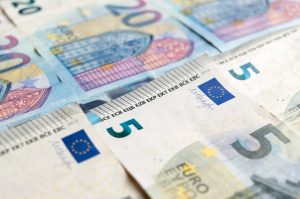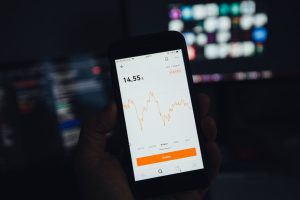Forex, also known as foreign exchange or FX, is a decentralized market where currencies are traded. This market is considered to be the largest financial market in the world, with an estimated daily trading volume of over $5 trillion. Forex market structure refers to the way in which the market is organized, including the number of buyers and sellers, the types of trades that are made, and the pricing mechanisms that are used.
Forex Market Participants
Forex market structure is characterized by the presence of a large number of buyers and sellers, including governments, banks, corporations, and individual investors. These participants trade currencies for various reasons, such as hedging against currency risk, speculation, and international trade. The market is open 24 hours a day, five days a week, and traders can access it through various channels, such as brokers, banks, and electronic trading platforms.
Types of Trades
The forex market consists of two types of trades: spot trades and forward trades. In a spot trade, currencies are bought and sold at the current market price, which is determined by supply and demand. A forward trade, on the other hand, involves the agreement to buy or sell a currency pair at a predetermined future date and price. These trades are used by participants to manage their currency risk, as they can lock in a specific exchange rate before it changes.
Pricing Mechanisms
The forex market uses a decentralized pricing mechanism, where the market determines the price of currencies based on supply and demand. This means that there is no single exchange or central authority that sets the price of currencies. Instead, prices are determined by the interplay between buyers and sellers in the market. The bid price is the price at which buyers are willing to purchase a currency, while the ask price is the price at which sellers are willing to sell a currency.
Market Structure and Efficiency
Forex market structure is considered to be relatively efficient, as prices reflect all the available information about a currency pair. This means that the market is able to quickly adjust to changes in economic, political, and social conditions, which can affect the value of a currency. In addition, the large number of participants in the market ensures that there is a high level of liquidity, which means that traders can easily buy and sell currencies without significantly affecting the market price.
Conclusion
Forex market structure is characterized by the presence of a large number of buyers and sellers, a decentralized pricing mechanism, and two types of trades: spot and forward trades. The market is efficient and highly liquid, which makes it attractive to a wide range of participants. Understanding the market structure is essential for traders who want to make informed decisions about buying and selling currencies. By monitoring supply and demand, keeping up with economic news, and analyzing technical indicators, traders can identify opportunities to profit from the fluctuations in currency prices.





